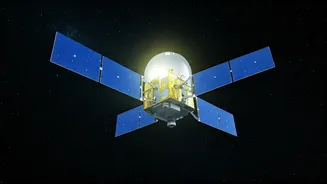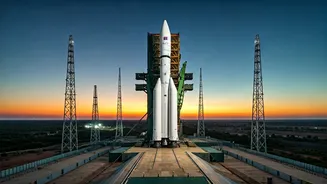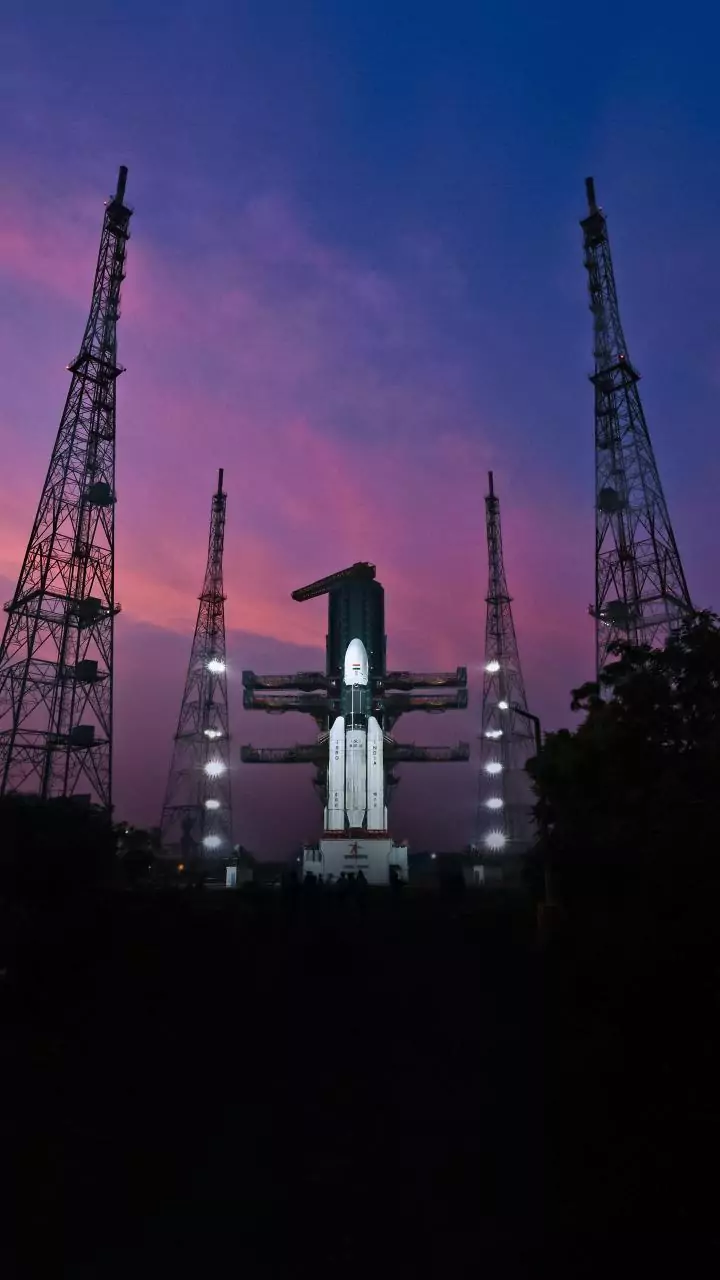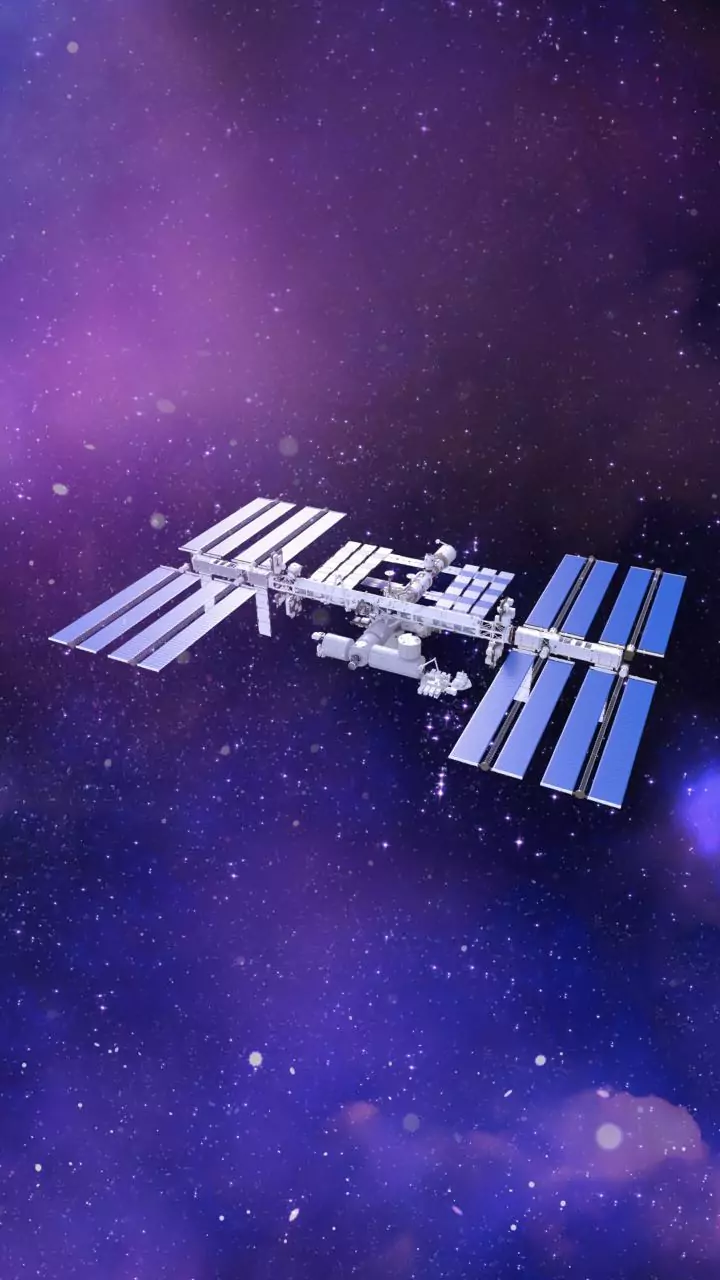The Mission Unveiled
The ISRO CMS-03 launch, undertaken using the LVM-3 rocket, was a crucial mission for India's space program. This launch was not just about putting a satellite
into orbit; it represented a significant step forward in enhancing India's communication capabilities. The CMS-03, a communication satellite, was designed to provide various services, including enhanced connectivity across India. The launch took place from Sriharikota, the primary launch site for ISRO, and involved meticulous planning and execution to ensure the satellite's successful deployment. This mission was a testament to India's growing expertise in space technology.
LVM-3: The Workhorse
The LVM-3 rocket, also known as the Launch Vehicle Mark 3, played a pivotal role in the ISRO CMS-03 launch. This rocket is known for its heavy-lift capability, making it ideal for carrying communication satellites into orbit. The LVM-3's performance was a critical factor in the mission's success. It carried the CMS-03 to its designated orbit, demonstrating its reliability and effectiveness. The rocket's design and engineering are indicative of India's advancements in space launch technology. The selection of LVM-3 underscored ISRO's confidence in this launch vehicle for critical missions.
CMS-03: The Objective
The primary objective of the ISRO CMS-03 launch was to deploy a communication satellite designed to enhance India's connectivity. This satellite, the CMS-03, was equipped with advanced technology to provide various communication services across the country. The satellite's mission focused on improving the reach and quality of communication networks. This initiative was set to benefit various sectors, including education, healthcare, and disaster management. The successful deployment of CMS-03 was a step toward a more connected India.
Sriharikota: Launch Site
The Satish Dhawan Space Centre, located in Sriharikota, served as the launch site for the ISRO CMS-03 mission. Sriharikota's strategic location along the coast offers significant advantages for space launches. The launch site is equipped with essential infrastructure to support complex missions. The meticulous preparation and facilities available at Sriharikota helped to facilitate a smooth launch. The selection of Sriharikota highlighted ISRO's commitment to ensuring the success of the CMS-03 launch.
GSAT-7R: Comparison
The GSAT-7R, another communication satellite, provides context when comparing the CMS-03 mission. GSAT-7R is another significant satellite that offers communication services, primarily for defense purposes. Understanding GSAT-7R helps in assessing the broader landscape of ISRO's communication satellite programs. By comparing the two, you can gain a deeper understanding of ISRO's satellite capabilities. These satellites are vital for India's strategic and developmental needs. The comparison of CMS-03 and GSAT-7R highlights the range of ISRO's mission objectives.
Connectivity: India's Future
The ISRO CMS-03 launch had significant implications for India's future in connectivity. This mission aimed to improve access to communication services, making them accessible across the nation. Enhancing communication infrastructure is crucial for economic development, allowing improved access to information, services, and opportunities. Better connectivity contributes to the overall growth of sectors like education, healthcare, and governance. The CMS-03 launch was an essential step towards building a more connected and prosperous India, paving the way for technological advancement.














